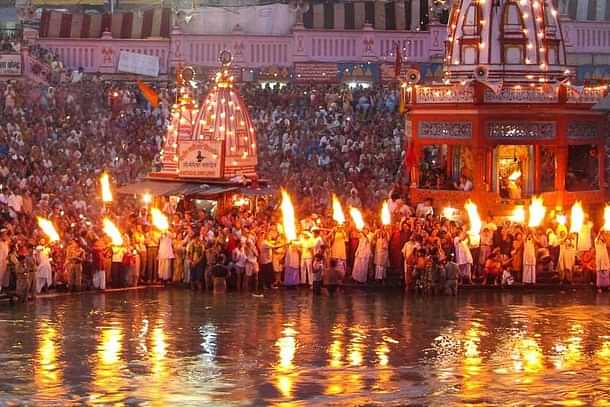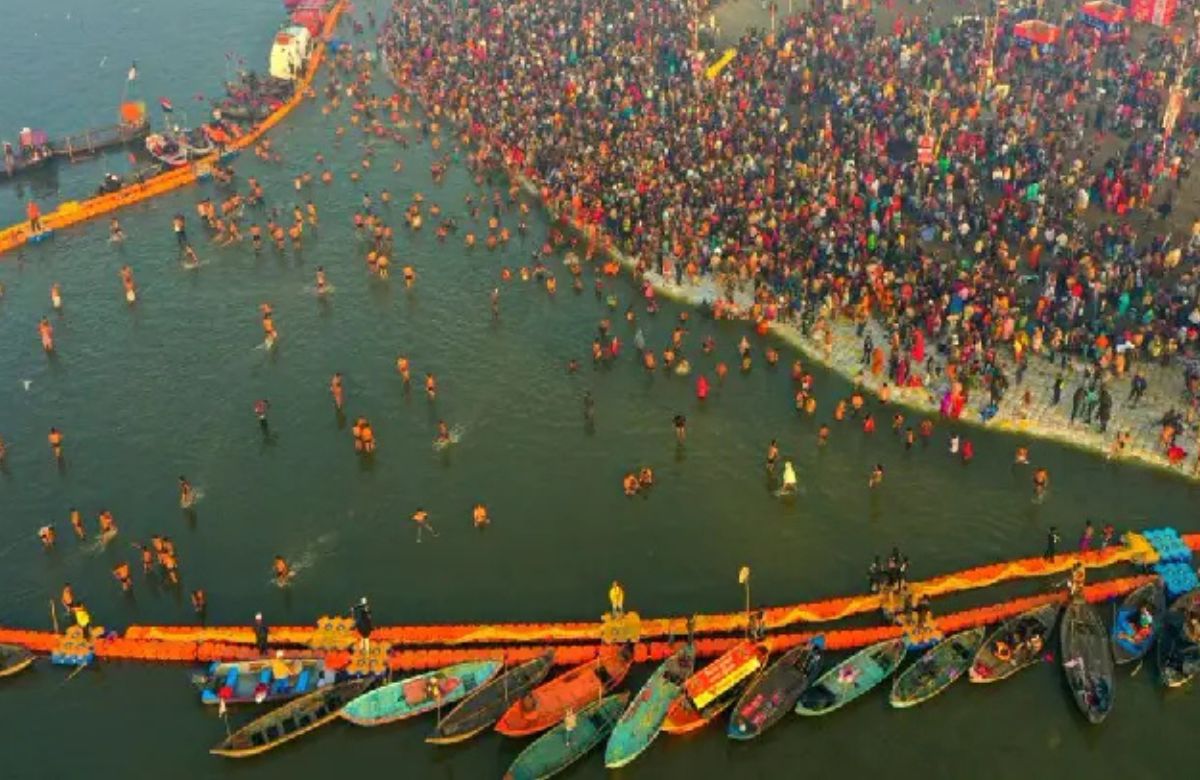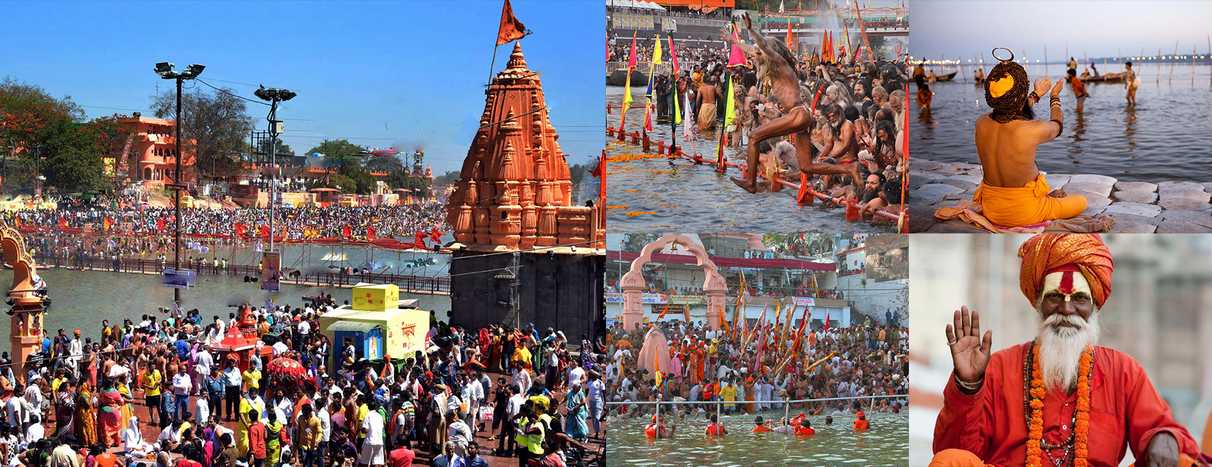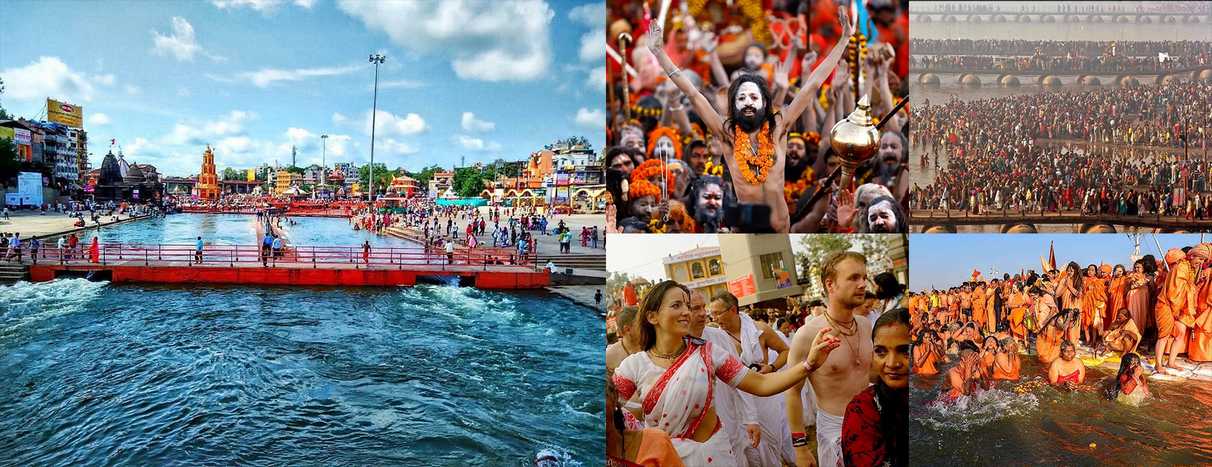The Four Kumbh Mela Sites and Their Unique Importance

Kumbh Mela, one of the largest spiritual gatherings in the world, is celebrated at four sacred sites in India. Each location has its own unique significance rooted in Hindu mythology and culture. These sites—Haridwar, Prayagraj, Ujjain, and Nashik—are connected by the legend of the Samudra Manthan (churning of the ocean), which narrates the origin of the nectar of immortality (amrita). Below, we explore the significance of each site and its role in the grand festival of Kumbh Mela.
1. Haridwar: The Gateway to the Divine

Located in the northern state of Uttarakhand, Haridwar is nestled on the banks of the sacred Ganges River. The name “Haridwar” means "Gateway to Lord Vishnu" (Hari), making it one of the most revered pilgrimage sites in India.
Significance:
According to mythology, Haridwar is one of the locations where drops of amrita spilled from the kumbh (pitcher) during the celestial battle between gods and demons.
It is believed that taking a dip in the holy waters of the Ganges here washes away sins and grants liberation (moksha).
The Shahi Snan (Royal Bath) at Har Ki Pauri is a highlight of the Kumbh Mela in Haridwar, attracting millions of devotees.
2. Prayagraj: The Triveni Sangam
Formerly known as Allahabad, Prayagraj is located in Uttar Pradesh at the confluence of three sacred rivers: the Ganges, the Yamuna, and the mythical Saraswati. This confluence, called Triveni Sangam, holds unparalleled religious importance.

Significance:
Prayagraj is considered the holiest of the four sites due to the merging of the three rivers, symbolizing purity and divine unity.
Mythologically, it is the place where Brahma, the creator, performed the first yagna (sacrificial ritual).
The Sangam is believed to have the power to cleanse one's soul and provide a path to salvation.
The Maha Kumbh, which occurs once every 144 years, is held here and is the largest of all Kumbh Melas.
3. Ujjain: The City of Lord Mahakal
Located in Madhya Pradesh, Ujjain is home to the sacred Kshipra River and the famous Mahakaleshwar Jyotirlinga, one of the twelve jyotirlingas dedicated to Lord Shiva.

Significance:
According to legends, Lord Vishnu spilled a drop of nectar in Ujjain while fleeing with the kumbh.
The city has deep spiritual ties to Lord Shiva and is considered a center of tantric practices and Vedic astrology.
During the Kumbh Mela in Ujjain, devotees take a holy dip in the Kshipra River to purify their minds and souls.
The Simhastha Kumbh, held here, is known for its unique blend of spirituality and culture.
4. Nashik: The Abode of Tradition
Situated in Maharashtra, Nashik is located on the banks of the Godavari River, often referred to as the Ganges of the South. The city is also associated with the epic Ramayana.

Significance:
Legends state that Nashik is one of the places where Lord Vishnu spilled drops of nectar from the kumbh.
The Godavari River, revered as a lifeline for the region, is central to the Kumbh festivities.
Nashik’s Trimbakeshwar Temple, another jyotirlinga, adds to the city’s spiritual importance.
During the Kumbh, millions of pilgrims flock to Nashik to bathe in the Godavari and seek blessings.
Conclusion
Each of the four Kumbh Mela sites offers a unique spiritual experience, rooted in rich mythology and cultural heritage. While Haridwar provides the gateway to divine blessings, Prayagraj symbolizes the ultimate union of purity. Ujjain stands as a testament to Lord Shiva’s eternal power, and Nashik combines tradition with the divine grace of the Godavari. Together, these sacred sites uphold the essence of the Kumbh Mela, inspiring millions to embark on a journey of faith, devotion, and self-discovery.
